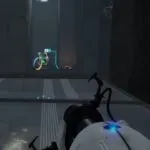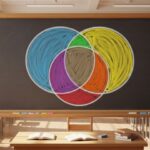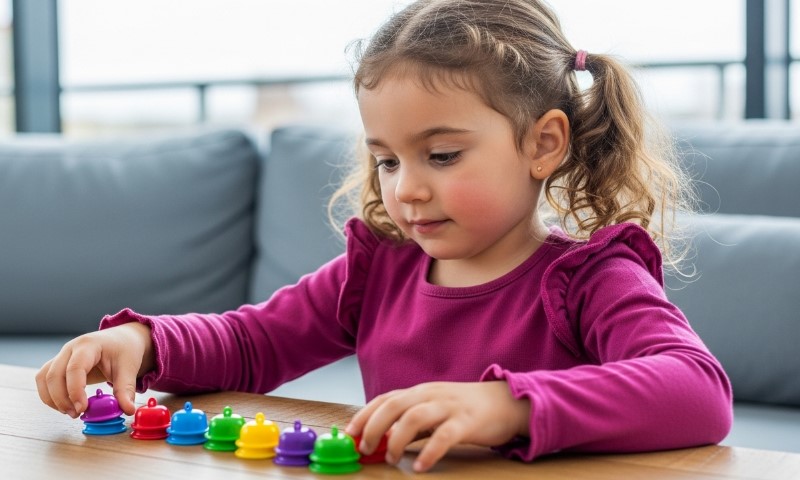
Share Post:
Brain teasers are short puzzles or riddles that make children think in creative and logical ways.
They combine fun with learning, turning math into an activity that sparks curiosity instead of boredom.
These small challenges promote critical thinking by pushing kids to find connections between numbers, patterns, and words.
They strengthen focus, memory, and problem-solving ability while showing that math can be playful.
The set of teasers we will discuss now has been chosen for their ability to balance fun with skill-building, giving children both a challenge and a reward for their efforts.
Table of Contents
Toggle1. The Sneaky Riddle: “Divide 30 by ½ and add 10”
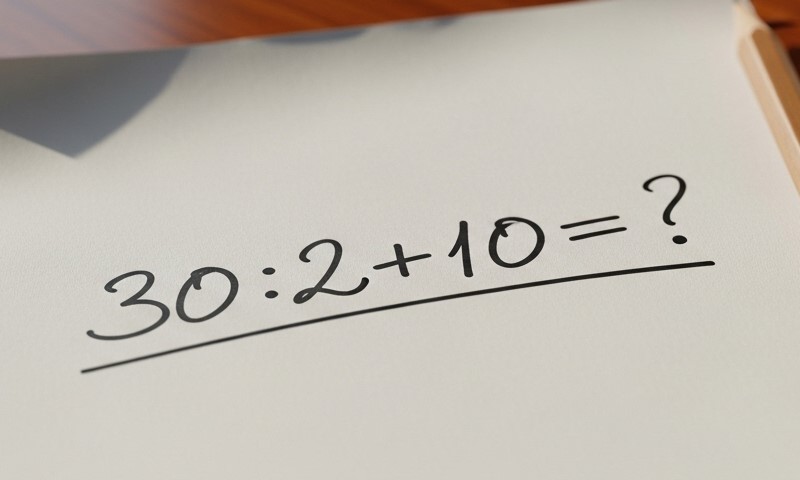
A puzzle that at first seems like ordinary division quickly teaches kids to think carefully about mathematical language.
The question leads children to recognize that dividing by half doubles the number.
Solving 30 ÷ ½ results in 60, and adding 10 gives the answer 70.
- Math Concept: Fractions and operations
- Skill Developed: Recognizing tricky phrasing and applying correct calculations
- Answer: 70
Such riddles sharpen interpretation skills and build confidence in dealing with non-standard questions.
2. The Number Detective Game
Children enjoy puzzles that involve clues.
Asking them to find a hidden number using properties like divisibility, range, or digits trains logical reasoning.
For instance, a teacher might say: “I’m a number between 40 and 70, divisible by 7, and contains an 8.” The correct solution is 56.
- Math Concept: Divisibility, number properties
- Skill Developed: Logical deduction and process of elimination
3. Real-World Puzzle: “If a recipe serves 4 and you need to feed 6…”
Cooking examples build proportional reasoning. Kids learn to multiply or scale recipes up and down depending on the number of people.
To feed 6 instead of 4, ingredients are multiplied by 1.5.
- Math Concept: Ratios and proportions
- Skill Developed: Practical math for real situations
Parents can extend the lesson by letting kids adjust recipe quantities in the kitchen, turning math into a family activity as memorable as making a custom photo book.
4. Pattern Puzzle: “2 + 2 = 44, 3 + 3 = 96…”
Patterns encourage kids to see connections beyond normal operations. In this teaser, numbers are transformed by both multiplication and addition.
For example, 6 + 6 = 3612 because 6 × 6 = 36 and 6 + 6 = 12.
- Math Concept: Algebraic reasoning, pattern recognition
- Skill Developed: Thinking outside conventional rules
- Answer: 3612
Puzzles like this nurture creativity while deepening number sense.
5. Math Jump Challenge

Movement combined with counting brings energy into the lesson.
Children skip-count by 5s or 10s while hopping, clapping, or jumping.
Saying “5, 10, 15, 20” with each motion connects physical activity with mental math.
- Math Concept: Counting, skip counting, operations
- Skill Developed: Kinesthetic math, memory, and rhythm
This activity not only develops arithmetic fluency but also helps restless learners release energy productively.
6. Riddle: “What is half of 2 + 2?”
Precision matters in math. A puzzle like this teaches kids to respect the order of operations. Half of 2 is 1, then add 2, which equals 3.
- Math Concept: Order of operations
- Skill Developed: Careful interpretation of math expressions
- Answer: 3
7. Visual Pattern Challenge
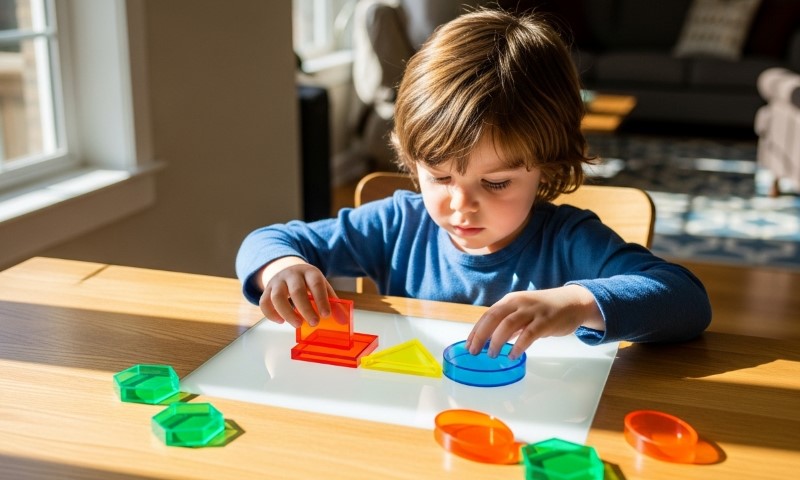
Sequences of shapes bring geometry into brain teasers. An example might go: circle, square, triangle, circle, square, ___. The missing piece is the triangle.
- Math Concept: Sequences and geometry
- Skill Developed: Shape recognition, prediction, and visual reasoning
Children practice observing, predicting, and reasoning with visual clues, preparing them for higher-level geometry.
8. Fractions in Action: “Emma baked 12 cookies…”
Word problems with food often excite kids. If Emma baked 12 cookies and gave away ¼ of them, she gave away 3.
- Math Concept: Fractions
- Skill Developed: Part-whole relationships and real-world application
- Answer: 3 cookies
Everyday scenarios like this show kids how fractions apply outside the classroom.
9. Trick Riddle: “A snail climbs 3 feet/day, slides 2 at night…”
Word problems involving sequences train persistence and careful modeling. A snail climbing a 10-foot wall makes progress of 1 foot each full day, reaching the top on day 8.
- Math Concept: Sequences, subtraction
- Skill Developed: Modeling and problem-solving
- Answer: 8 days
Such problems demonstrate how progress sometimes accelerates near the end, teaching patience in problem-solving.
10. Geometry Teaser: “What’s the longest side of a triangle?”
A question like this introduces terminology in geometry. The longest side of a right triangle is the hypotenuse.
- Math Concept: Geometry terminology
- Skill Developed: Vocabulary development and spatial reasoning
- Answer: Hypotenuse
This teaser solidifies important geometry concepts in a simple yet effective way.
Bonus: Tech Tip
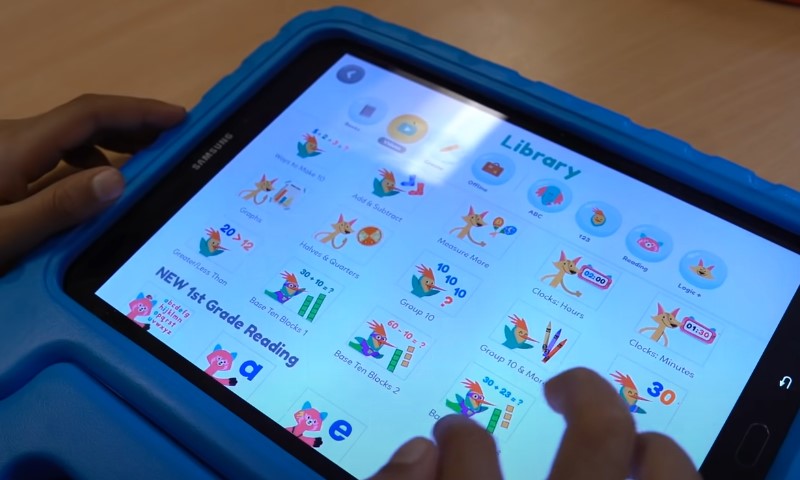
Digital tools add a fresh dimension to math learning by combining entertainment with structured practice.
Educational platforms such as Prodigy, Khan Academy, and JetLearn weave riddles, puzzles, and problem-solving challenges directly into interactive games.
Children who might otherwise shy away from traditional worksheets often embrace these programs because they feel like play rather than study.
Prodigy, for example, immerses kids in a fantasy world where progress is tied to solving math problems.
Every battle or quest requires a correct answer, giving students both motivation and immediate feedback.
Khan Academy offers a different style, using a mastery-based system where children watch short explanations and then practice with targeted problems, earning badges and rewards as they go.
JetLearn focuses on modern skills, blending logic puzzles with coding and digital literacy, which helps children see math not just as numbers on a page but as tools for future creativity and innovation.
Combining traditional brain teasers with digital learning creates a balance of hands-on thinking and technology-driven engagement.
For tech-loving kids, this mix feels natural and keeps motivation high, ensuring that math remains both challenging and enjoyable.
The Bottom Line
Brain teasers combine fun with learning, turning abstract math into memorable puzzles.
They strengthen logical reasoning, attention to detail, and creativity while building problem-solving confidence.
Parents and teachers who add such activities to daily routines help children grow into flexible thinkers.
It matters less if kids get the answer correct immediately and more that they stretch their minds to solve problems in fresh ways.
Related Posts:
- 17 Fun Math Ideas for Rainy Days That Kids Will…
- Top 9 Free Math Games Online That Actually Teach Something
- How the Environment Shapes Brain Growth Between Ages…
- 7 Traits of a Right-Brain Dominant Person You Might…
- Creative Computer Games That Build Analytical…
- Skills Development for Kids - How to Get Better at…



